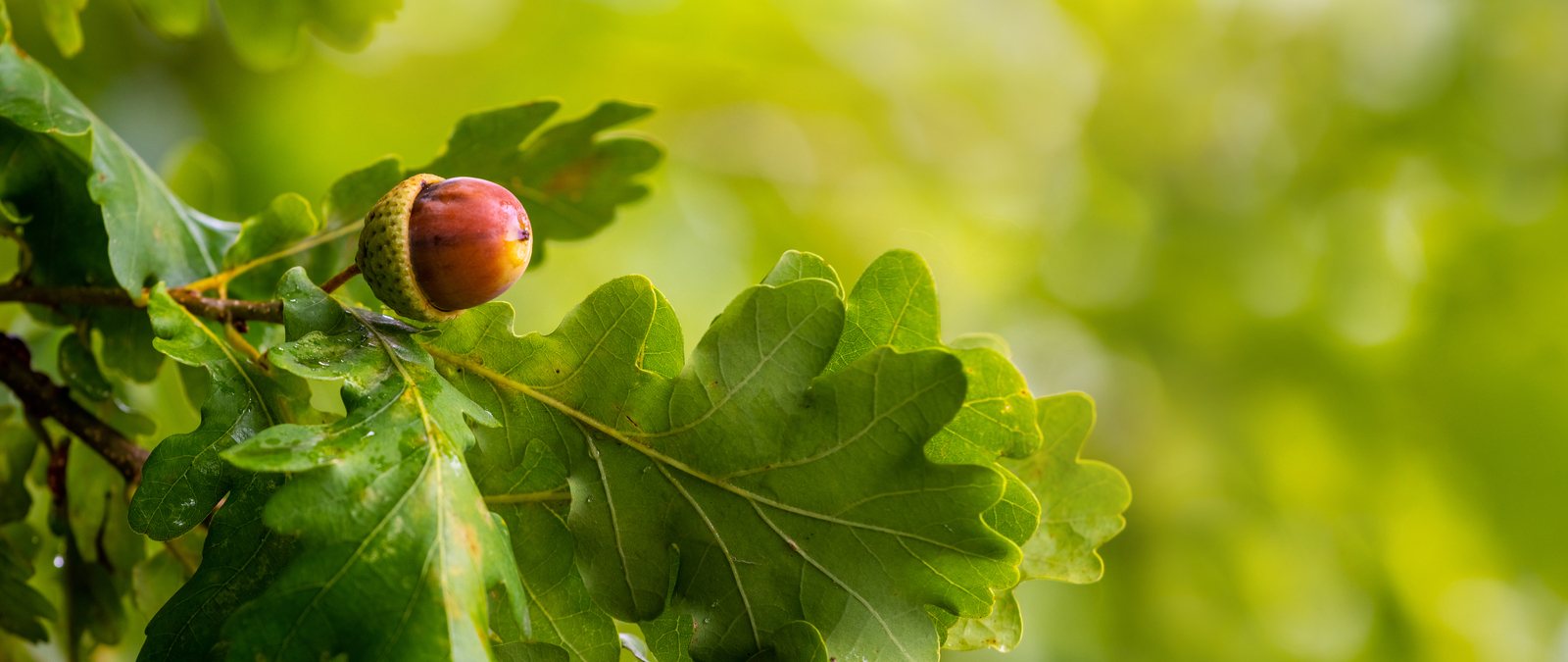It is nearly impossible to create a wildlife orchard without oak trees. Deer love acorns, as they provide them with plenty of nutrients for the coming winter.
Oak trees are the most common trees across the United States and come in many shapes, colors, and canopies. Indeed, there are more than 400 oak species in the world. More than 50 of them are native to North America.
When it comes to supporting your wildlife population, the best thing to do is to plant several varieties of oak trees across your land. Oak trees drop their acorns at different times throughout late summer and until late fall. By planting various oak trees, you ensure that your deer population will have access to a good food source until early winter.
With so many species, however, how do you identify oak trees and how do you choose the best ones for your plot?
Here is a guide on how to identify oak trees for your deer-preferred plot and how to keep your deer population satisfied.
Two Main Families of Oak Trees
Oak trees come in two main families: white and red. Most oak trees are deciduous trees and drop their leaves in fall. Oak trees turn orange, yellow, and red in fall—which adds spectacular views to your land.
The leaves then turn brown and can stay on the branches until early spring, when young shoots appear. A common image in winter is oak tree branches with brown leaves still hanging.
Red Oaks
Red Oak Bark and Leaves
Red oaks have dark-colored bark that can almost turn to black as the oak tree matures. Red oak bark is smooth and less coarse than white oak bark.
Red oak leaves are pointy and display small bristles at the end.
Red Oak Acorns
Red oaks’ acorns are larger, heavier, and more bitter than white oaks’ ones, which makes them less palatable to deer. It takes two years for red oaks to mature their acorns.
Red Oak Growth
Red oaks grow up to 60 or 70 feet tall—about half the height reached by white oaks. Their main advantage is that they grow much faster than white ones. This feature makes red oaks very useful for landscaping purposes and wildlife orchards.
As a bonus, red oaks have a more dramatic display of colors in fall when their leaves turn to vibrant red and orange.
White Oaks
White Oak Bark and Leaves
White oaks have light-colored bark, usually grayish. The bark’s texture is rough and scaly, unlike the smoother bark of red oaks.
As for their leaves, white oak leaves have rounded lobes instead of pointy ones
White Oaks Acorns
White oaks’ acorns are sweeter than red oak ones. Unsurprisingly, deer usually prefer white oaks’ acorns and turn to red oaks’ acorns only when their preferred white ones have disappeared.
Additionally, white oaks mature their acorns every year instead of every two years. This helps ensure that deer have a reliable food source every fall.
White Oak Growth
White oaks grow taller than red ones and have sprawling horizontal and vertical branches. They can grow up to 150 feet tall, reaching a dazzling height.
Many landowners plant white oaks for their beauty and stunning leaves and canopy. Unfortunately, it can be hard to see a white oak reach maturity if you’re planting a young sapling. White oaks take decades to reach their ultimate height and live well into 100 years old and beyond.
How Can I Tell Oak Trees from Other Trees?
Oak trees are often mistaken for ash trees or even beech trees. Here is how you can tell them apart.
Oaks Have Acorns
The most significant difference between oaks, ashes, and beeches is that oaks have acorns that drop in late summer and early fall. Even in other seasons, the ground under an oak tree will be peppered with acorns, thus making them easy to identify.
Ash vs. Oak
A simple way to tell ash from oak is to observe the tree’s leaves. Ash leaves are not lobed like oak leaves. They have a central thin stalk and pairs of symmetrical undulated leaves. In contrast, oak trees have unified lobed leaves.
Beech vs. Oak
Their leaves can help you tell an oak tree from a beech tree. Beech tree leaves have a stalk with 3 leaves hanging from each stalk—called bipinnatisect leaves—as opposed to oaks’ lobate leaves.
Which Oak Tree Is White or Red?
It may be hard to tell red trees from white ones unless you know what you are looking for. The easiest thing to check is, of course, their bark.
White oak trees include the Bur Oak, Southern Live Oak, Swamp Chestnut Oak, Sawtooth Oak, White Oak, and the Overcup Oak.
On the other hand, Shumard Oak, Nuttall Oak, Southern Red Oak, and Northern Red Oak are all red oak trees.


